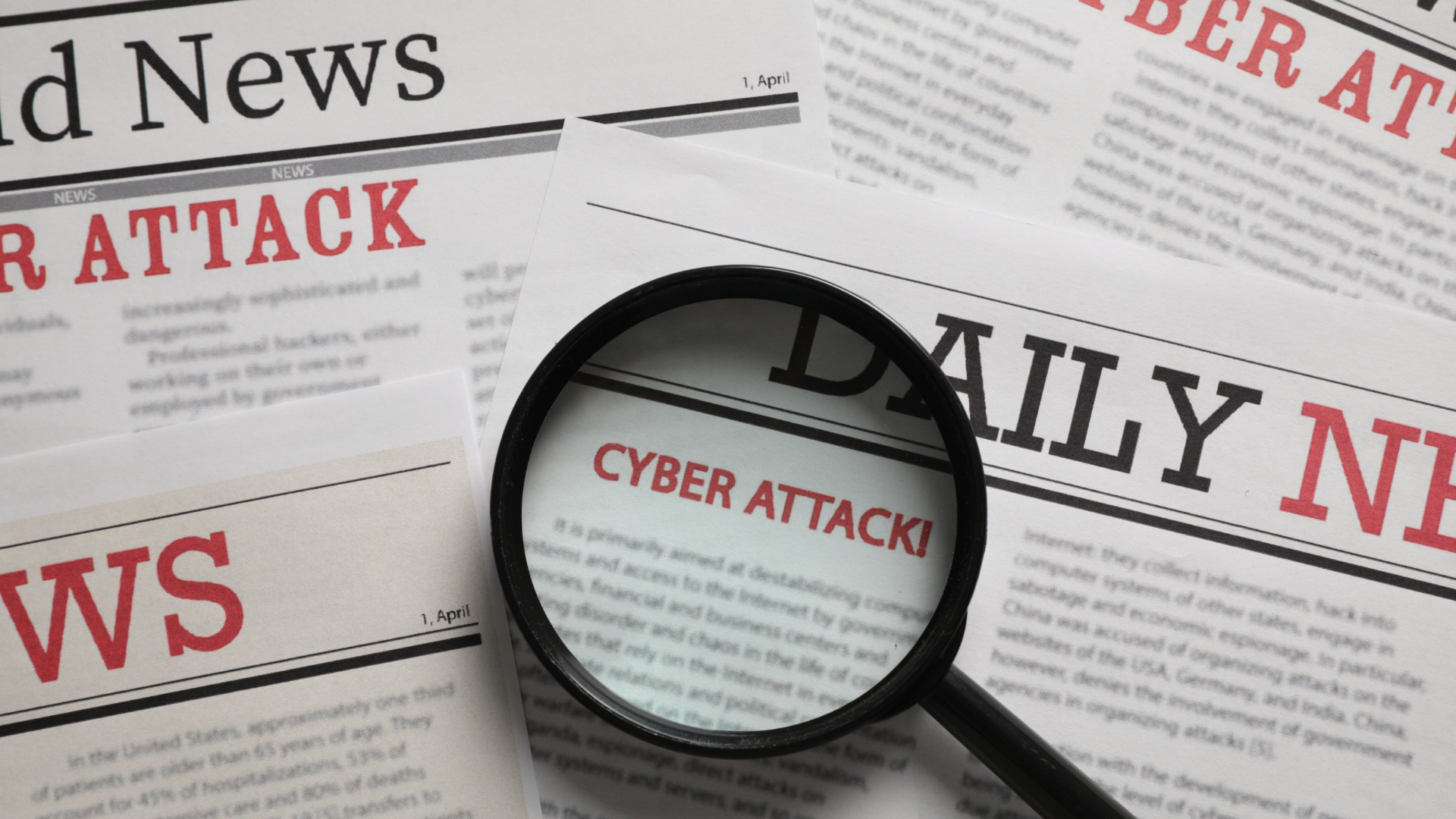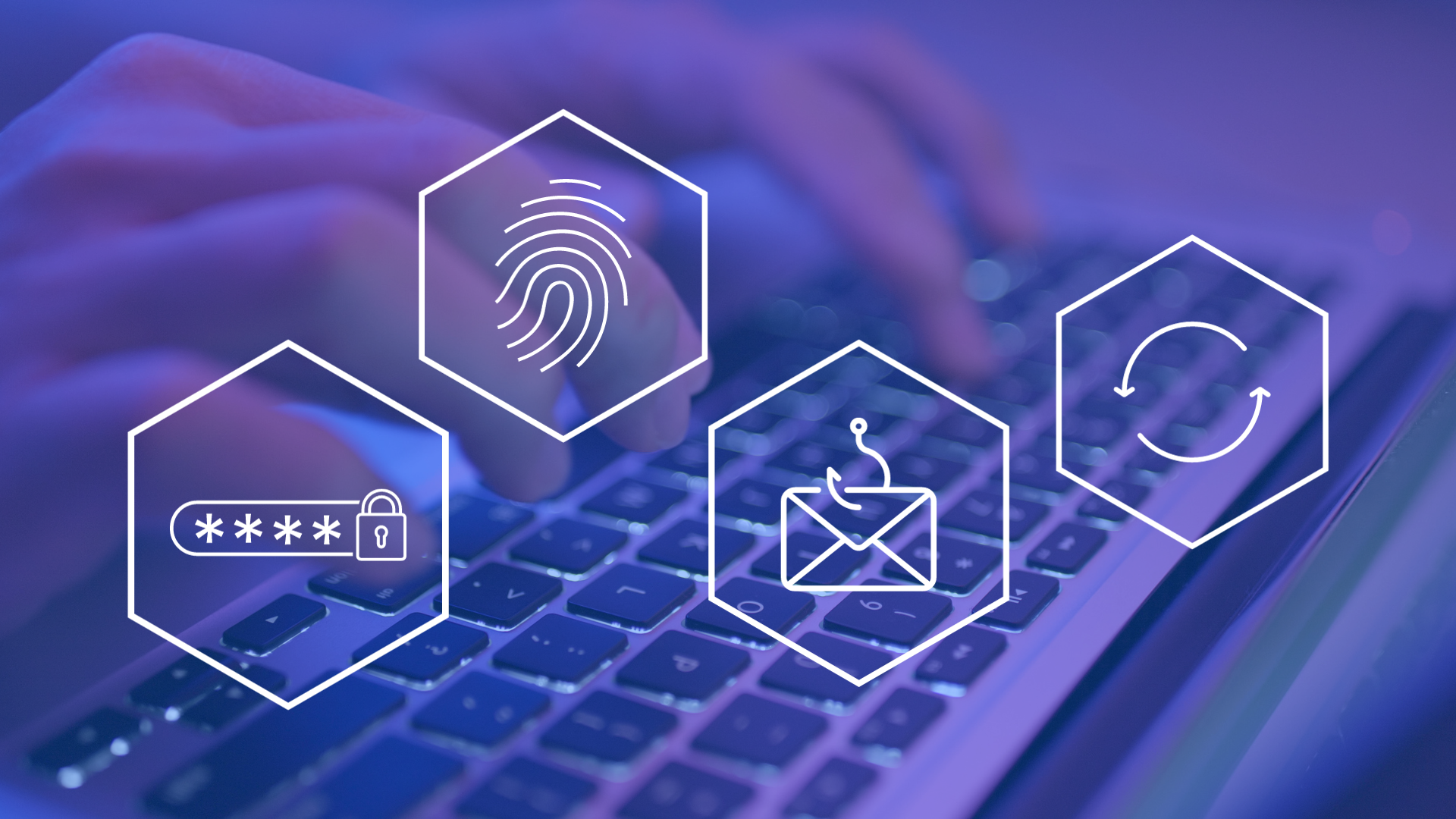Safeguarding Healthcare: Urgent Measures Against Lazarus Group Threats
In recent times, the digital realm has become a battleground, with malicious actors constantly devising sophisticated strategies to compromise vital sectors, notably healthcare. The Health Sector Cybersecurity Coordination Center (HC3) of the US Department of Health and Human Services (HHS) has sounded the alarm, pointing to a grave threat posed by the North Korean state-sponsored Lazarus Group. This alarming revelation demands immediate attention and a robust approach to fortify healthcare systems against potential cyber-attacks.
Understanding the Threat
The Lazarus Group, a notorious state-sponsored cyber-espionage and hacking collective, has been implicated in a myriad of global cyber-attacks. Their motivations often revolve around financial gains and geopolitical interests. In the context of healthcare, their objectives could range from stealing sensitive patient data for monetary gain to disrupting operations, and potentially endangering lives.
The Lazarus Group’s Tactics and a Glimpse into Their Attacks
Understanding the tactics and strategies employed by the Lazarus Group is crucial for healthcare organizations to effectively fortify their defenses. This group is known for its advanced and multifaceted attack methods, including spear-phishing, malware deployment, and DDoS attacks. Here’s a glimpse into what an attack orchestrated by the Lazarus Group might entail:

Spear-Phishing Campaigns
Lazarus Group often initiates attacks through targeted spear-phishing campaigns. These campaigns involve crafting convincing emails or messages that appear legitimate and relevant to the recipient, typically an employee within the healthcare organization. The messages may contain malicious attachments or links that, once opened or clicked, inject malware into the system.
Malware Deployment
Once a victim is lured into interacting with the malicious content, the Lazarus Group deploys sophisticated malware. Common types of malware include remote access trojans (RATs),
keyloggers, and ransomware. This malicious software enables the attackers to gain unauthorized access, steal sensitive data, or encrypt critical files, demanding a ransom for decryption.
Lateral Movement and Privilege Escalation
Upon initial infiltration, the Lazarus Group attempts to escalate privileges and move laterally within the network to gain deeper access. They exploit vulnerabilities and weak points in the organization’s network infrastructure to navigate through systems, seeking valuable assets and data.
Data Exfiltration
Once the group has acquired access to critical systems and databases, they exfiltrate sensitive patient data, financial information, intellectual property, or any valuable data they can leverage for financial gain or espionage.
Disruption through DDoS Attacks
In some cases, Lazarus Group employs Distributed Denial of Service (DDoS) attacks to disrupt healthcare services. By overwhelming network resources with an enormous volume of traffic, they render systems and websites unavailable to legitimate users, causing disruption and panic.
Preparedness and Vigilance
To counter the evolving tactics of the Lazarus Group, healthcare organizations must enhance their incident response capabilities and remain vigilant. Regular cybersecurity training, updating and patching systems, and fortifying network perimeters are paramount. By staying informed about the Lazarus Group’s tactics and maintaining a proactive defense strategy, the healthcare sector can mitigate the risks posed by this formidable threat.
Enhanced Security Measures
Implementing multi-layered security measures is imperative to thwart potential cyber-attacks. This entails robust firewalls, intrusion detection systems, access controls, and regular security updates to keep systems resilient against evolving threats.
Regular Employee Training
Human error remains a significant vulnerability. Conducting regular training programs to educate healthcare staff about cyber threats, phishing attempts, and best security practices can significantly reduce the risk of a successful attack.
Data Encryption and Access Controls
Encrypting sensitive data and enforcing strict access controls ensure that even if attackers breach the network, the data remains unintelligible and access is limited, minimizing potential damage.
Continuous Monitoring and Incident Response Plans
Deploying a vigilant monitoring system enables real-time threat detection, while a well-defined incident response plan facilitates a quick and effective response in the event of an attack, minimizing damage and downtime.
Collaboration and Information Sharing
Encouraging collaboration within the healthcare sector and sharing threat intelligence can fortify defenses. Collective knowledge and experience can identify patterns and threats more effectively, bolstering the industry’s overall cybersecurity posture.
Conclusion
The recent warnings from HC3 regarding Lazarus Group’s intentions to target the US healthcare system serve as a wake-up call. Heightened vigilance, investment in cybersecurity measures, and collaborative efforts are imperative to counter these threats effectively. The time to act is now, and the healthcare sector must rise to the occasion, united and fortified against any potential cyber onslaught.
Back to Articles/Blog



